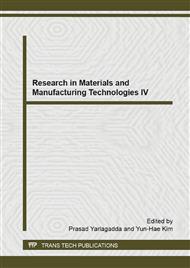p.1186
p.1190
p.1194
p.1201
p.1208
p.1213
p.1220
p.1224
p.1229
A Sensitivity Analysis of Train Speed and its Effect on Railway Capacity
Abstract:
Increasing train speeds is conceptually a simple and straight forward method to expand railway capacity, for example in comparison to other more extensive and elaborate alternatives. In this article an analytical capacity model has been investigated as a means of performing a sensitivity analysis of train speeds. The results of this sensitivity analysis can help improve the operation of this railway system and to help it cope with additional demands in the future. To test our approach a case study of the Rah Ahane Iran (RAI) national railway network has been selected. The absolute capacity levels for this railway network have been determined and the analysis shows that increasing trains speeds may not be entirely cost effective in all circumstances.
Info:
Periodical:
Pages:
1208-1212
Citation:
Online since:
December 2014
Authors:
Keywords:
Price:
Сopyright:
© 2015 Trans Tech Publications Ltd. All Rights Reserved
Share:
Citation:


